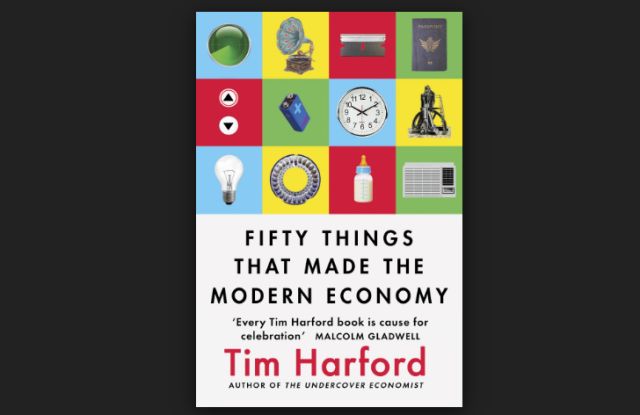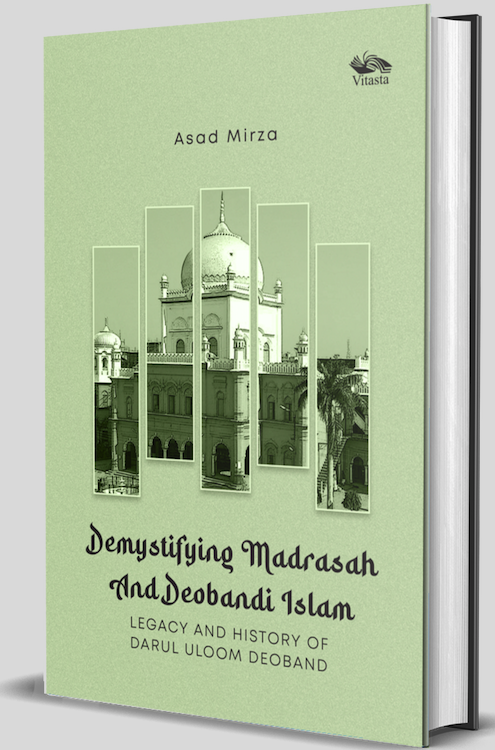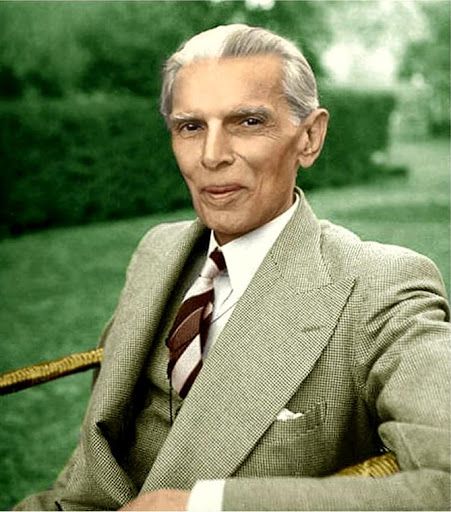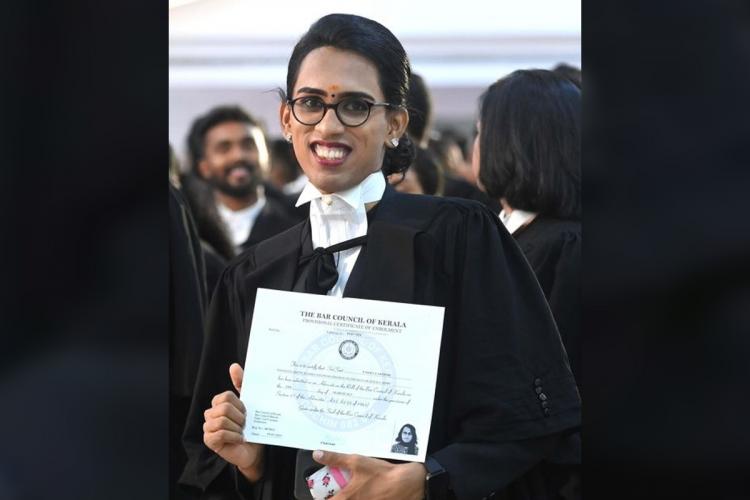Title: Fifty Things That Made the Modern Economy; Author: Tim Harford; Publisher: Little, Brown; Pages: 352; Price: Rs 599
The i-Phone may seem the pinnacle of human endeavour, ingenuity and technological prowess — but while Steve Jobs deserves the plaudits, the range of technologies making it possible were a collective effort, facilitated by a surprisingly unexpected benefactor.
When we think of the wonders of our modern world, we may cite these flashy hand-held devices that enable us to communicate, entertain ourselves and find information instantly. But they are merely one facet, for our lives now owe to a range of inventions and discoveries stretching from the humble plough to Google, and from the elevator to intellectual property, and achieved in several unusual and unexpected ways.
And while the i-Phone does make a list of 50 such inventions, so do concrete, clocks and infant formula as well as limited liability companies, public key cryptography and the welfare state — and many others, including some which may seem surprising.
But economist, columnist and author Tim Harford does not only seek here to list of 50 specific inventions but also to tell us the singular stories behind their inception — the iPhone especially — and how they affected us socially and economically from the beginning of civilisation to workings of the world economy now. Or rather in laying its foundations.
These 50 inventions, he says, range from those “absurdly simple” to ones which became “astonishingly sophisticated”, “stodgily solid” to “abstract inventions that you cannot touch at all”, profitable right from their launch or, while others were initially commercial disasters.
“But all of them have a story to tell that teaches us something about how our world works and that helps us notice some of the everyday miracles that surround us, often in the most ordinary-seeming objects. Some of these stories are of vast and impersonal economic forces; others are tales of human brilliance or human tragedy.”
Harford, known for his “Undercover Economist” series, does stress that he doesn’t seek to identify the 50 most economically significant inventions for some seemingly obvious entrants — printing presses, airplanes, computers — are missing. And there are good reasons why.
He also promises that while zooming in closely to examine one of these or pulling back to notice the unexpected connections, will provide answers to questions like the link between Elton John and the promise of a paperless office, how an American discovery banned in Japan for four decades affected women’s careers there, which monetary innovations destroyed Britain’s Houses of Parliament in the 1830s.
Harford also explains how all these inventions have two facets — they may not be always benign — in the longer run, or ensure a “win-win” scenario for all.
While it is easy to see inventions as solutions to problems, he warns against seeing them as only solutions, for they “shape our lives in unexpected ways — and while they’re solving a problem for someone, they’re often creating a problem for someone else”.
These attributes are best shown by the case of an ostensibly well-meaning American inventor who is responsible for poisoning our environment twice-over though his two contributions were initially helpful, and then by both the beneficial and baleful impacts of the plough — or banks for that matter.
Harford also shows that there is more to an invention than its inventing, and even for any one of them, “it’s often hard to pin down a single person who was responsible — and it’s even harder to find a ‘eureka’ moment when the idea all came together”.
Dealing with such aspects in the brief interludes between the inventions, placed in no discernible chronological or thematic order, Harford also seeks to put them together at the end to pose the vital question of how we should think about that often used and often misunderstood buzzword “innovation” today.
“What are the best ways to encourage new ideas? And how can we think clearly about what the effects of those ideas might be, and act with foresight to maximise the good effects and mitigate the bad ones?” he asks.
But as his incisive but illuminating and entertaining sojourn through centuries of human activities and endeavours show, there are no easy or definite answers.
(Vikas Datta can be contacted at vikas.d@ians.in)
—IANS






0 Comments